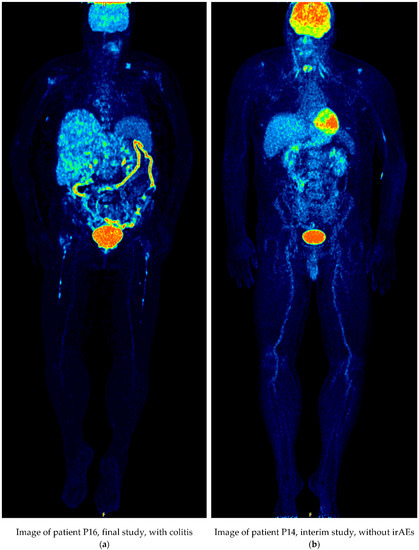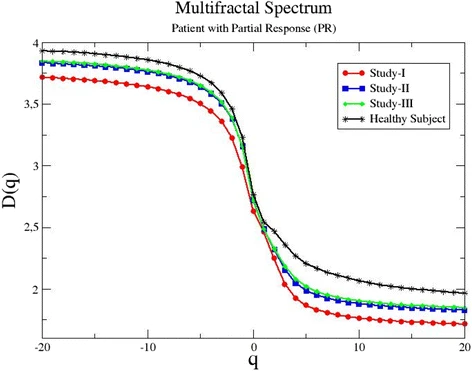Complexity analysis and modelling of cancerous biological tissues
Nonlinear measures are employed to quantify the damage extension in cancerous biological tissues at the different stages of the disease (see Fig. 1). Such measures include the fractal dimension (FD), the multifractal spectrum (MFS), the correlation (CD) and information dimensions (ID), Shannon and nonextensive entropies etc. These are nonlinear quantitative measures which express the heterogeneity in the distribution of the tracer, F-18-fluorodeoxyglucose, (18F-FDG), in the body of patients suffering from metastatic cancers, such as melanoma or sarcoma. Given the well-documented, high accumulation of the tracer in tumor/metastatic sites, the measures expressing the tracer distribution also express the extent of metastases in the body. As such, the nonlinear measures can be employed to detect the presence and extent of metastases and to monitor the therapeutic outcome using the PET-CT follow-up digitized scans of the patients.

In on of our recent studies [A. Kosmou et al., Cancers2021, 13(20), 5170; https://doi.org/10.3390/cancers13205170 ], the FD and MFS measures of patients were evaluated before and during treatment with PD-1 inhibitors and were compared with the corresponding values of healthy controls. The MFS predictions agreed with the PET Response Evaluation Criteria for Immunotherapy (PERCIMT) in 81% of the cases, while the FD agrees in 77% of all cases. Similarly, in an earlier study of our group [C.M. Breki et al., EJNMMI Res6, 61 (2016). https://doi.org/10.1186/s13550-016-0216-5], in 20 out of 24 cases (83%), the fractal/multifractal analysis results (see Fig. 2) match those of the treatment outcome as defined by the medical evaluation, while 7 cases are considered as special cases because the patients had non-tumour-related findings or side effects which affect the results.
